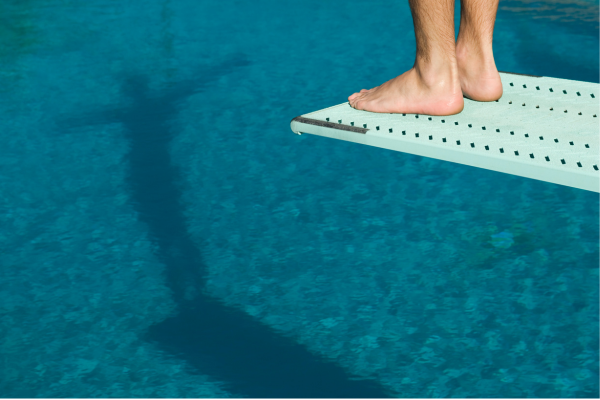Rash Resort: Lazy River, Negligent Records

Case Summary: During the busy Memorial Day Weekend, a three-year-old boy visiting a large beach front resort in North Carolina received severe chemicals burns to his upper legs, thighs, and buttocks. There were seven indoor pools at the resort, including hot water spas and a lazy river. The young boy spent hours in the lazy river during the holiday weekend.
The boy first complained of burning sensations as the family departed the resort to return home. His complaints soon turned into screams of pain. Upon arriving at home, he was first taken to see their family physician, who noted the child was suffering from chemical burns. He was then taken to a hospital’s burn unit where, again, the doctors described his injuries as chemical burns and proceeded to treat them as such for several days. Even after the child was released from the hospital, months of home care for the burns was necessary to prevent infection and minimize scarring.
Unbeknownst to the boy’s family, it was determined that the chlorine levels in the resort’s pool and lazy river were extremely high, significantly exceeding the state-mandated upper limit of 8.0 parts per million (ppm). A call was placed to the local Health Department, whose investigation found that the chlorine levels were above 10 ppm. The pool was then made closed to the public.
Expert Analysis: Expert investigation further revealed that the resort’s numerous indoor and outdoor pools were overseen by only one pool operator. The chemical logs were filled in on a regular basis; however, nothing appeared out of the ordinary on paper. Suspicions were raised due to the inconsistencies between the chemical logs and the extremely high chlorine levels reported by the local health department’s test results.
During the pool operator’s deposition, it was noted that he was on vacation for the holiday weekend. When questioned further about who completed the pool chemical readings in his absence, the pool operator admitted to entering fictitious values for the dates upon his return from vacation. He further admitted that it was common practice for him to supplement pool logs with acceptable values, without testing or knowing the true chlorine values in the swimming pool water.
Result: Following this incident, the health department continued to find exceeding high levels of chlorine in the pools. Not only did this case settle in favor of the family for $26 million, but the pool operator was arrested and charged with falsifying records.
Read ABC News’ article for additional case information.

